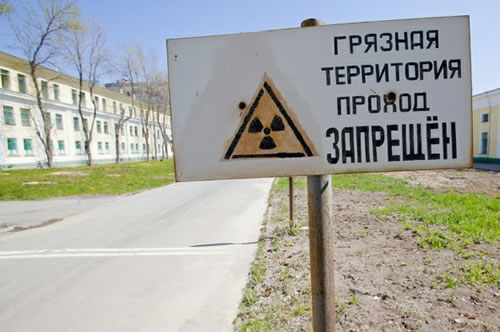In the early 1950s, Russian scientists were worried about a nuclear attack
by the United States and wanted to know how radiation damaged tissue and
caused cancer, so they decided to do an experiment. A massive one:
The town of Ozersk, deep in Russia's remote southern Urals, hides
the relics of a massive secret experiment. From the early 1950s to the
end of the cold war, nearly 250,000 animals were systematically irradiated.
Some were blasted with a-, ß- or ?-radiation. Others were fed
radioactive particles. Some of the doses were high enough to kill the
animals outright; others were so low that they seemed harmless. After
the animals — mice, rats, dogs, pigs and a few monkeys —
died, scientists dissected out their tissues to see what damage the
radioactivity had wrought. They fixed thin slices of lung, heart, liver,
brain and other organs in paraffin blocks, to be sliced and examined
under the microscope. Some organs, they pickled in jars of formalin.
The town of Ozersk is now closed to the world, but in 2007,
a team of European scientists decided to find and save the scientific
evidence:
The old collections provide a resource that could not be recreated
today. Most of the experiments were done under precise conditions, at
a wide range of radiation doses and usually for the lifetime of the
animals. “We will never be able to repeat the scale of those animal
experiments, for both funding and ethical reasons,” says Gayle
Woloschak, a radiation biologist at Northwestern University in Chicago,
Illinois. “But maybe we can reuse the legacy tissue.”


No comments:
Post a Comment